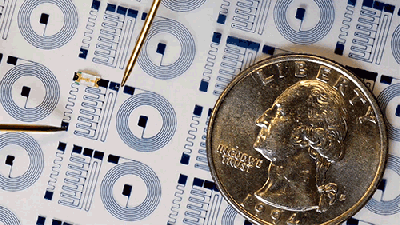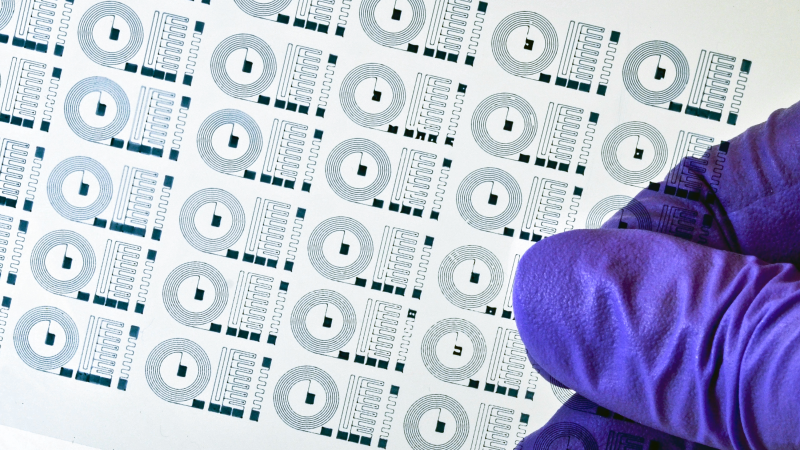3D printing has opened up a world of possibilities in plastic, food, concrete, and other materials. Now, MIT engineers have found a way to add brain implants to the list. This technology has the potential to replace electrodes used for monitoring and implants that stimulate brain tissue in order to ease the effects of epilepsy, Parkinson’s disease, and severe depression.
 Existing brain implants are rigid and abrade the grey matter, which creates scar tissue over time. This new material is soft and flexible, so it hugs the wrinkles and curves. It’s a conductive polymer that’s been thickened into a viscous, printable paste.
Existing brain implants are rigid and abrade the grey matter, which creates scar tissue over time. This new material is soft and flexible, so it hugs the wrinkles and curves. It’s a conductive polymer that’s been thickened into a viscous, printable paste.
The team took a conductive liquid polymer (water plus nanofibers of a polystyrene sulfonate) and combined it with a solvent they made for a previous project to form a conductive, printable hydrogel.
In addition to printing out a sheet of micro blinky circuits, they tested out the material by printing a flexible electrode, which they implanted into a mouse. Amazingly, the electrode was able to detect the signal coming from a single neuron. They also printed arrays of electrodes topped with little wells for holding neurons so they can study the neurons’ signals using the electrode net underneath.
This particular medical printing hack is pretty far out of reach for most of us, but not all of them are. Fire up that printer and check out this NIH-approved face shield design.















“This particular medical printing hack is pretty far out of reach for most of us” not as far out as getting into your brain!
I am guessing a dremel might help with the getting into the brain part. Obviously, don’t try this at home!
Get in on the Droud market early!
https://en.wikipedia.org/wiki/Wirehead_(science_fiction)#In_fiction
This is amazing news! A lot of interest in brain implants is put off because of the damage from electrodes and possible rejection. The real question is how long it can stay implanted and functional because that is the second thing stopping brain implants from being a thing. I look forward to this being combined with the recently developed nanoamp chip that behaves like neurons. :)